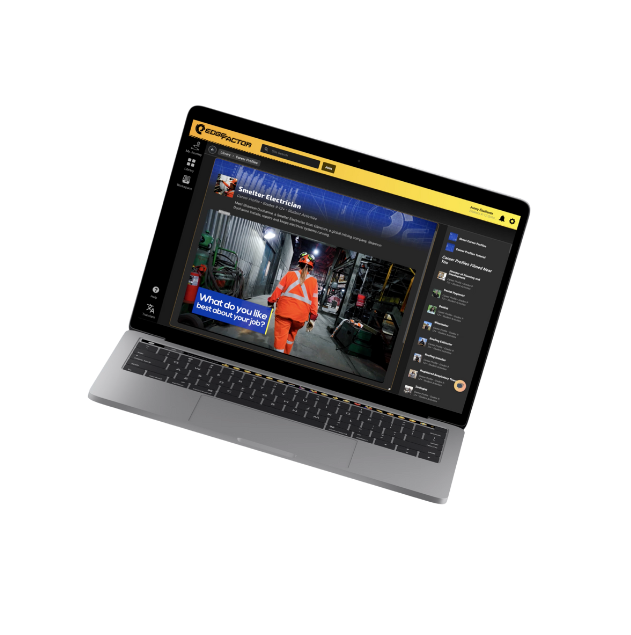
How do you choose a career path when there are thousands of options and the future feels uncertain?
It’s one of the biggest decisions you’ll ever make, and it’s normal to feel overwhelmed. Some students feel pulled in a dozen directions. Others aren’t sure where to start at all. Add in the fact that new jobs are being created every year and entire industries are shifting, and it’s easy to see why “how to choose a career path” is such a common question.
The good news? You don’t have to figure it all out at once. Career planning is less about locking yourself into a single job for life, and more about identifying your strengths, interests, and values so you can take your next best step with confidence.
There’s rarely one “perfect” career. Instead, there are many possible paths that can align with a student’s strengths, personality, and values. Parents and educators can guide students in narrowing those options through intentional self-reflection and exploration.

A great place to start is with a self-inventory exercise you can
do with your student. Ask them questions like:
Once you’ve talked through these questions, it helps to move from “likes and strengths” into actual career options. That’s where Edge Factor’s Career Journeys makes a difference.
Career Journeys is a gamified, interactive experience that guides students in grades 6–12 to connect their strengths and interests with real industries and career pathways. Through immersive scenarios, students don’t just say “I like science”—they explore whether that interest aligns with healthcare, biotech, environmental work, or skilled trades.
This shared exercise takes the guesswork out of exploration, giving both parents and students a clear, engaging way to connect personal strengths with real-world possibilities.
(Note: Career Journeys is included in Edge Factor’s platform; login may be required.)
Once students have insight into their own strengths and goals, they can test these ideas through short, low-risk experiences such as job shadowing, volunteering, or attending industry events — helping them confirm whether a path truly excites them before committing to next steps.
The most effective method combines self-discovery with real-world exposure.
According to a study from the Education Development Center, students who participate in structured career exploration activities are 80% more likely to complete their postsecondary programs. Self-discovery without exploration leaves you with vague ideas (“I like science”), while exploration without self-awareness risks chasing trends instead of what’s right for you. The combination builds clarity and confidence.
If you’re a parent, teacher, or mentor, you can help students begin exploring careers with simple, low-pressure activities that fit into their everyday life. The goal is not to choose a “forever job” but to spark curiosity and build awareness of what’s possible.

Students can begin by:
Each of these experiences helps students gather information, test their interests, and start ruling careers in or out. It is a process that brings clarity and reduces pressure.
While everyone’s journey is unique, career planning usually follows these stages:

You may cycle through these stages more than once as your experiences shape your direction.
A career pathway is a structured progression of jobs within an industry. It shows how someone can start in an entry-level role, gain skills, and move into more advanced positions.
For example:
Pathways help you see your first job as a launchpad, not a lifelong limit. You can explore more about these roles in our Career Profiles or related public resources.
High school is one of the best times to start career planning. Early exploration can:
Even a few small experiences now can save time, money, and stress later.
Edge Factor’s platform helps students explore and plan career paths with confidence through:
Whether in a classroom, homeschool, or community program, Edge Factor makes career exploration engaging, practical, and inspiring.
"Career exploration isn't about having all the answers, it's about being curious enough to ask the right questions."
— Jeremy Bout, Founder, Edge Factor

You don’t need to choose your forever job today. You just need to take the next step in learning about yourself and the opportunities around you.
Career exploration is not a one-time choice — it’s an ongoing journey that grows with you.
Start your journey now.
Create a free Edge Factor account or book a demo to explore tools and stories that can help you choose your career path with confidence.